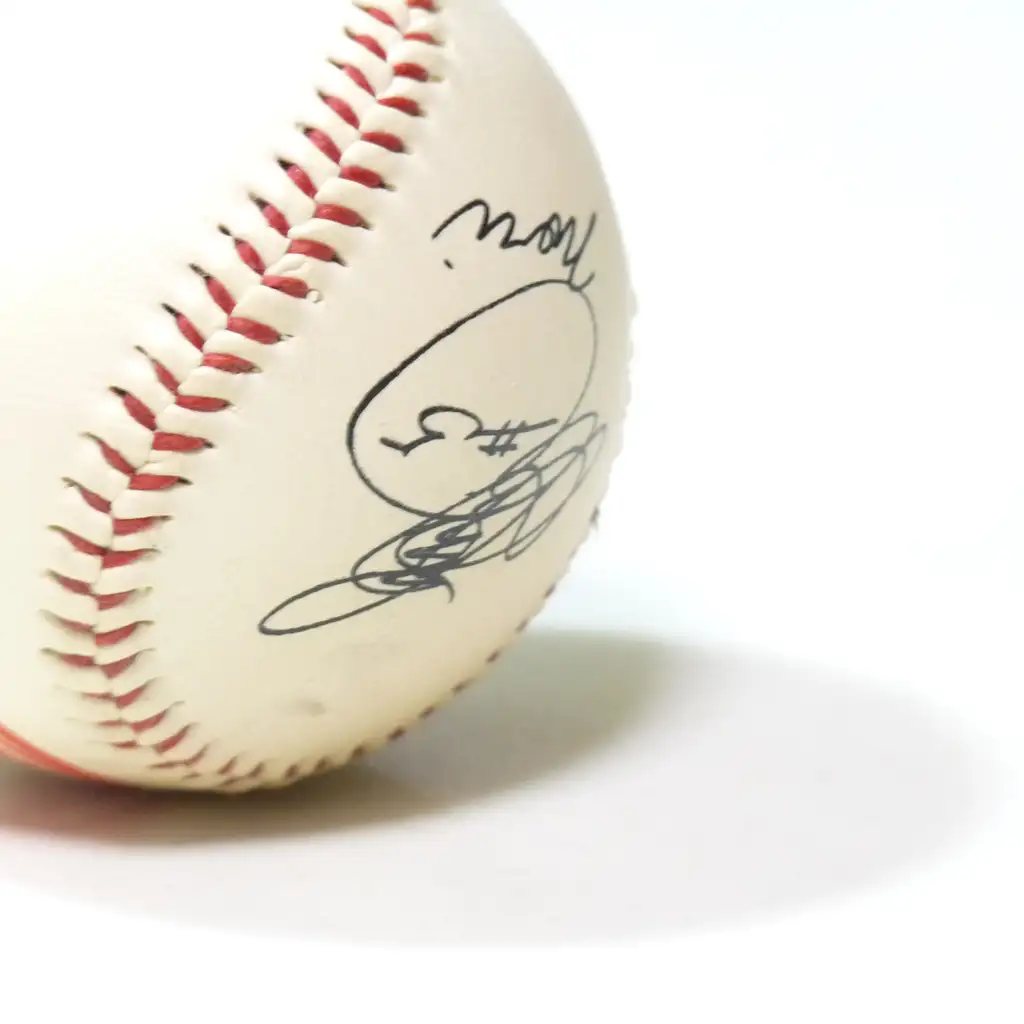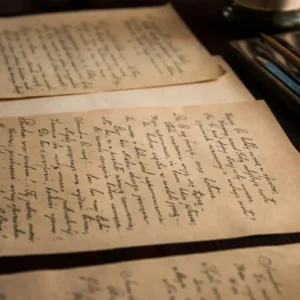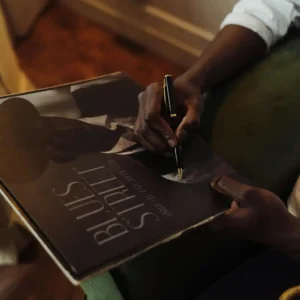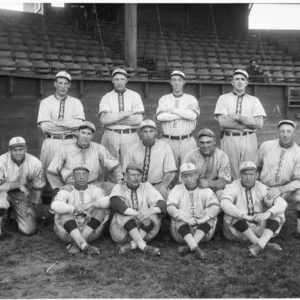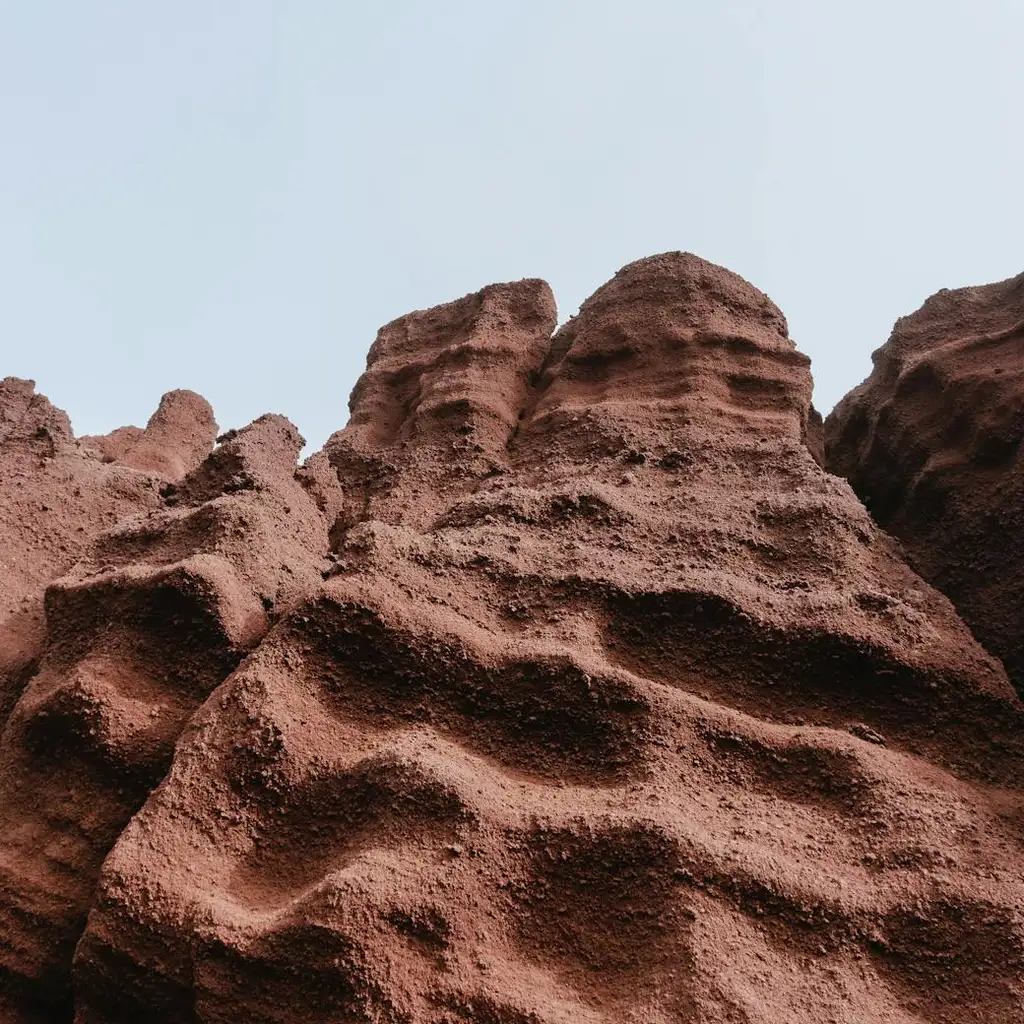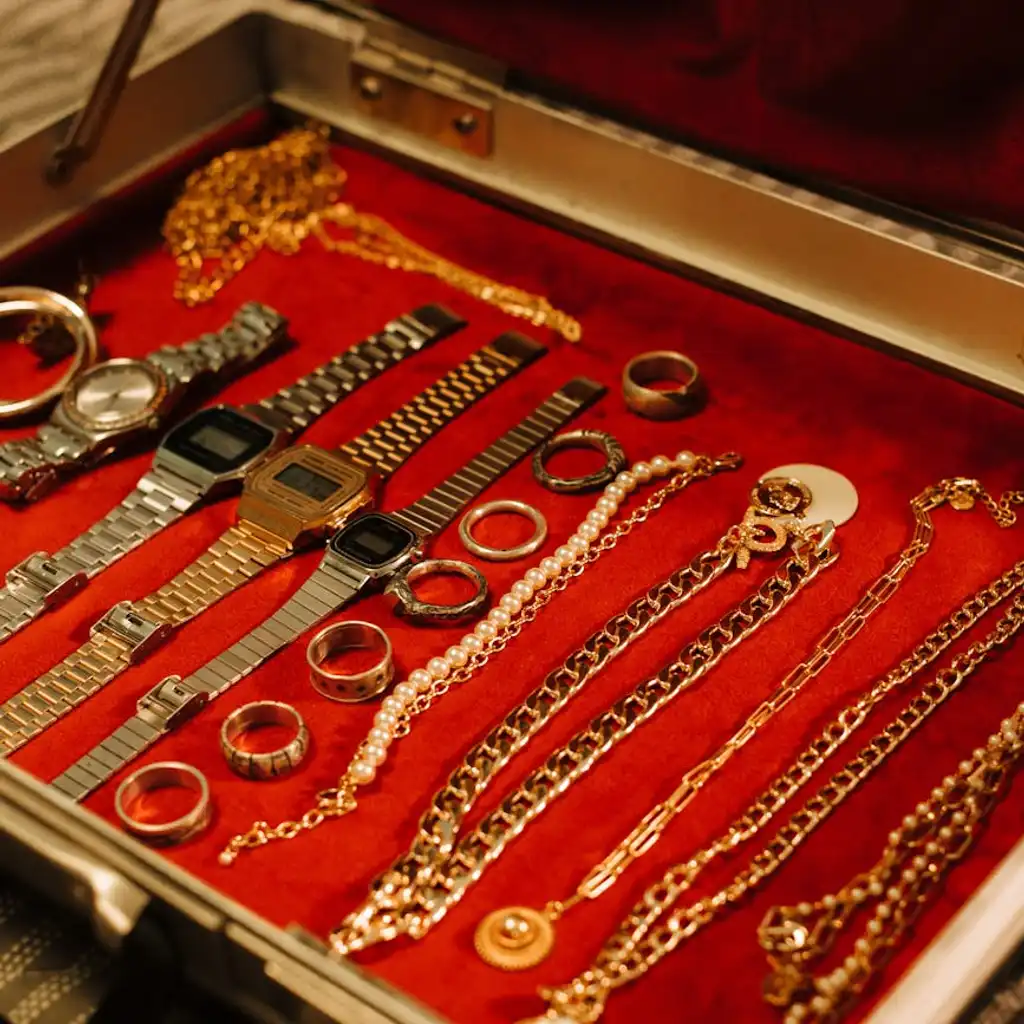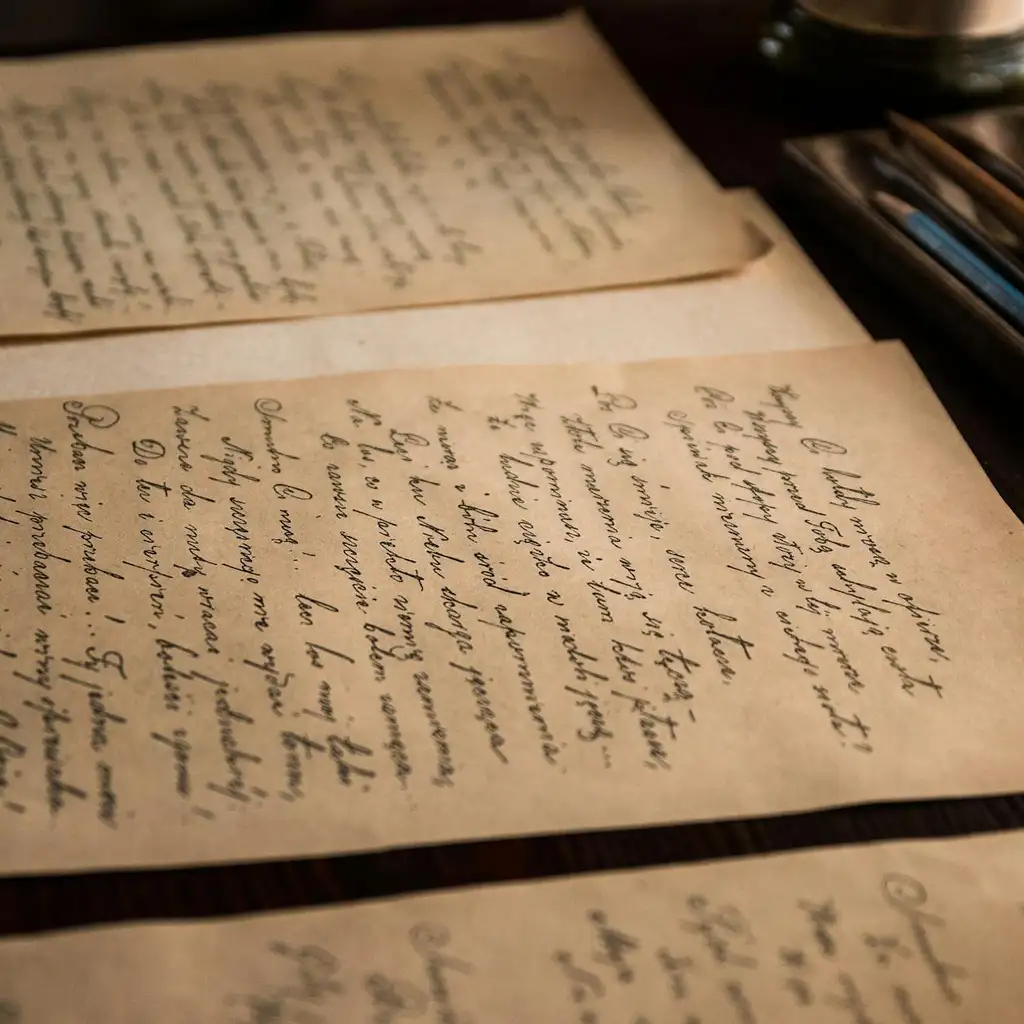Did you know that a significant portion of autographs from baseball’s legendary figures are actually forgeries? This revelation might not shock Ron Keurajian, an Oxford resident and a seasoned expert in the field of autograph authentication.
“The market is flooded with forgeries, particularly when it comes to vintage items,” Keurajian explained. “A staggering ninety percent of autographs attributed to icons like Ty Cobb, Honus Wagner, and Cy Young are counterfeit.”
Since the early 1980s, Keurajian has dedicated himself to the collection, study, and analysis of vintage baseball autographs, distinguishing the genuine from the fake. “Baseball holds a special place in American culture as our national pastime,” he noted. “There’s a strong desire to own something signed by legends like Ty Cobb or Lou Gehrig.”
Between 2001 and 2006, Keurajian contributed 50-60 articles on vintage autographs to Sports Collectors Digest. He also coedited a sports memorabilia guide in 2003, focusing on vintage autographs from baseball hall of famers and early golf legends.
“I’m currently working on my first book, which I aim to finish by Christmas,” he shared. “It’s an in-depth study of every baseball Hall of Famer and their signatures.”
Challenges in Collecting Authentic Signatures
For the past three years, Keurajian has been gathering specimens and illustrations, aiming to collect multiple signatures from each player at various stages of their lives. He is now down to a handful of elusive names, such as pitcher Rube Waddell, who played from 1897 to 1910 and was inducted into the Hall of Fame in 1946.
Waddell’s signature remains elusive, making it “impossible to complete a Hall of Fame set,” according to Keurajian. His passion for vintage autographs was ignited in 1982 after meeting former Detroit Tiger Hall of Famer Charlie Gehringer.
“Gehringer is often ranked among the top five second basemen of all time,” Keurajian said. “He lived nearby in Southfield, and I was fortunate to meet him for a high school report.”
The Allure of Vintage Autographs
Keurajian’s encounter with Gehringer, who played from 1924 to 1942 and was inducted into the Hall of Fame in 1949, left a lasting impression. “He gave me a couple of signed picture postcards, and I was hooked,” Keurajian recalled.
Collecting autographs is about preserving history and owning a piece of the past. “Holding something that was touched by a legendary figure is incredibly powerful,” Keurajian explained.
Vintage baseball autographs come in various forms, including canceled bank checks, photographs, letters, and gum cards. “A single signed baseball in good condition is the most coveted item,” Keurajian noted, though they pose storage challenges.
Market Trends and Challenges
At one time, Keurajian had an extensive autograph collection. “In the early 1980s, these items were practically worthless,” he said. “You could buy a baseball signed by Ty Cobb or Babe Ruth for $50 to $100.”
Today, a similar baseball can fetch $50,000 to $100,000 if it’s a “museum-grade specimen,” characterized by a “cream white ball with a bold signature.” The soaring values prompted Keurajian to store his collection in a safety deposit box.
“The value of these items makes it difficult to enjoy them,” he admitted. “I was only seeing my collection once or twice a year, which isn’t really a collection anymore.”
The Problem with Authentication
As a result, Keurajian sold most of his collection but retained a few prized items. “The most significant piece I have left is a 1924 baseball signed by Ty Cobb and Babe Ruth at Navin Field in Detroit,” he said. “Cobb was the greatest player, and Ruth was the greatest slugger. Having both on one baseball is remarkable.”
Nowadays, Keurajian focuses on research, collecting information, and writing about autographs. “I have about 10,000 to 15,000 illustrations in my files,” he mentioned.
His research delves into the physical characteristics of autographs, known forgery types, and how to distinguish genuine signatures from fakes. “A signature is like a fingerprint—no two are identical,” he said. “No forger can perfectly replicate handwriting.”
Advice for Collectors
“An expert in autographs who understands handwriting can spot even the most convincing forgery,” Keurajian advised. “I’ve seen thousands of Ty Cobb autographs, and I can instantly tell if one is real or not.”
Regarding famous figures like Cobb and Ruth, Keurajian stated, “Nine out of ten signatures for sale are fake.” “The demand for these autographs is immense,” he explained. “Hundreds of thousands of collectors are willing to pay top dollar for them.”
The likelihood of encountering a forgery increases with lesser-known Hall of Famers. “For rare names like Christy Mathewson and Willie Keeler, nearly 99 percent are fake,” Keurajian said.
The biggest issue in vintage autograph collecting is the so-called authentication companies that claim to verify signatures and issue certificates of authenticity for forgeries. “Even with a certificate, chances are they’re still fake,” Keurajian warned. “There are no reputable authentication companies today. Certificates of authenticity are as reliable as the Hitler-Chamberlain peace accord of 1938.”
He has witnessed high-value items, priced between $50,000 and $150,000, being sold as “high-quality forgeries wrongly certified.” It’s the uninformed investors who fall victim to these authentication companies, Keurajian said.
“A lot of money is being spent on forgeries by unsuspecting collectors,” he explained. “It’s a significant problem in the industry.”
